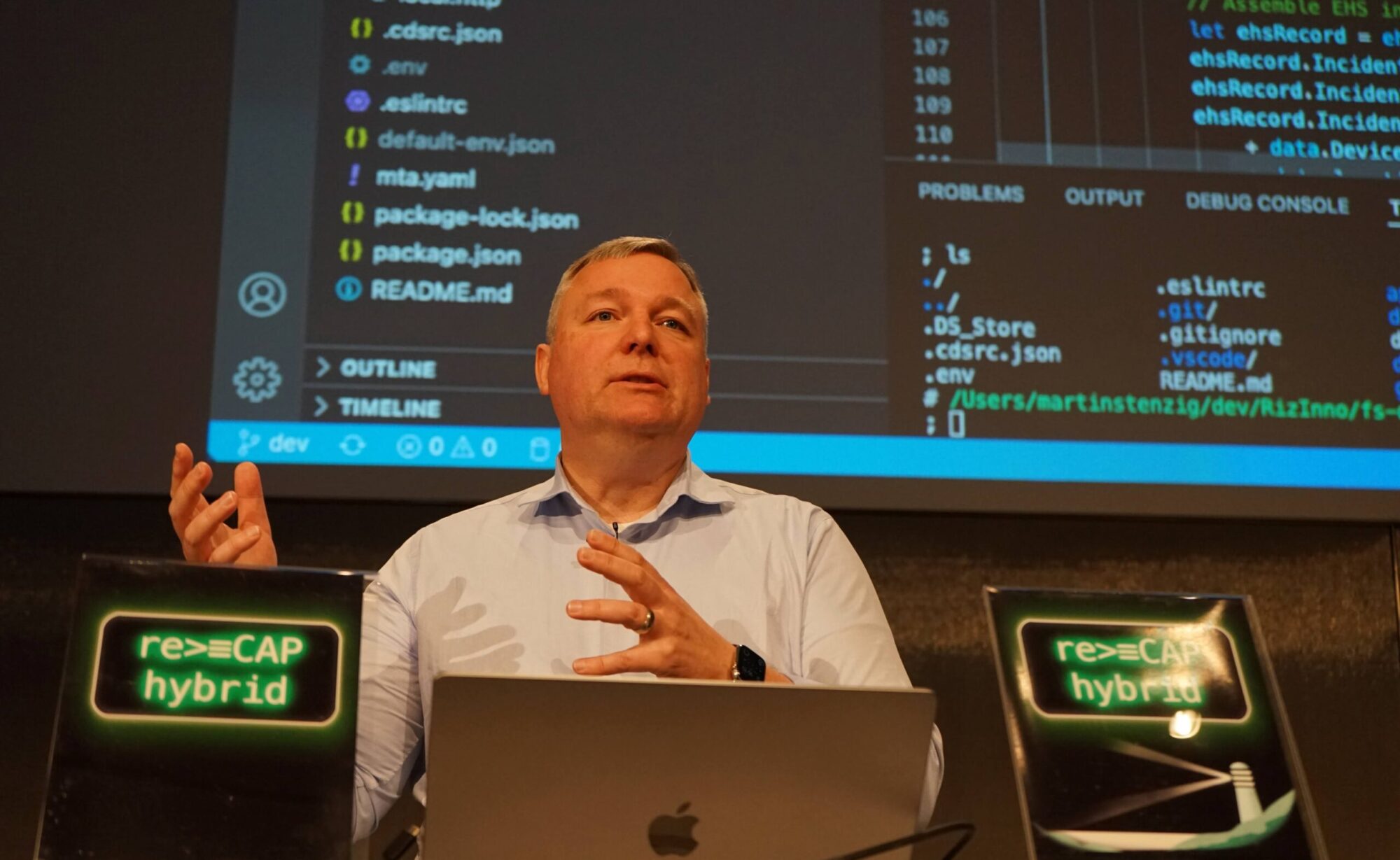With the flood of SAP projects hitting the SAP system integrator community (see other article), S/4 transitions are facing risks beyond the standard list we encounter in any S/4 implementation. SAP resource shortages could lead to unanticipated project extensions. Project extensions in turn lead to deferred benefit realization and additional implementation cost, and in this case, additional maintenance cost for not hitting SAP’s 2027 deadline.
An environment such as this forces us to think about mechanisms to derisk projects by accelerating no-regrets activities and see resource availability as ‘a’, if not ‘the’ critical success factor.
One opportunity is the acceleration of technical content migration and creation.
Technical work is usual seen as supplemental to the functional work of an implementation, and therefore successive to a business blueprint. In contrast to a net new implementation, a substantial amount of the technical work of a transition from ECC to S/4 is the migration of existing logic into a new IT paradigm.
In analyzing past and present S/4 projects, we determined that each project contains approximately 35% of technical tasks. Further analysis determined that 65% of those technical tasks could be executed ahead of the S/4 transition. This number contains activities such as the migration of ABAP Add-on’s into a side-by-side model, moving integration scenarios to the Cloud and providing insights to decision makers by developing Analytics Cloud and Data Warehouse Cloud-based dashboards.

The activities must be triaged to determine a ‘no-regrets’ status.
- Technical objects supporting a static business process receive the status right away.
- Objects related to an improving business process are evaluated to determine if the technical objects stay consistent across envisioned business process changes or can be developed in a way that can accommodate the envisioned improvements
- All other objects should be evaluated to see what prerequisites exists to assign them a ‘no-regrets’ status.
If the S/4 transition is taking place soon, the simplest way to structure the segmentation is by pulling the movable BTP tasks forward into a ‘Phase zero — BTP work’ whose end coincides with the start of the S/4 transition program.
In case the S/4 transition is not scheduled for a few years, you can create a program to move the component as outlined above with one adjustment. The components you move out of ECC are replacing existing non-BTP component and reduce the necessary transition work that would occur during the S/4 transition timeline.

The benefits are plenty:
- SAP’s Business Technology Platform is gradually introduced into the organization to get developers and operators comfortable with it
- Technical challenges are less likely to impact the critical path of the overall implementation, thus derisking the project and with it the benefit realization timeline
- Higher likelihood of achieving the planned go live prevents paying incremental maintenance fee or worst-case working in an unsupported system
- Reducing the BTP resource demand in the high demand/high-cost phase we are expecting in the coming years

